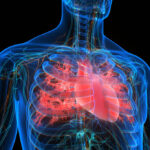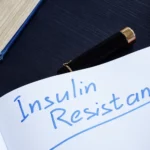The focus of Echo Water Machines is and has always been on molecular hydrogen, which is supported by over 750 scientific studies. Echo’s proprietary hydrogen module is vastly different than any other hydrogen-producing module in the world. In this patented module, the electrodes are not in contact with the water you are drinking. This means that the metal of the electrodes is not in the water. In the module, hydrogen gas is produced then dissolved in a 2nd stream of hydrogen water. Echo Hydrogen Machines were designed from the ground up to make hydrogen water as the primary purpose, not a by-product of producing alkaline water. Hydrogen water is made without changing the pH of the source water. Because the cathode in Echo’s hydrogen module is not in contact with water, it can never get a mineral build-up and will always be able to dissolve hydrogen gas.
On the other hand, Kangen® requires constant cleaning (as stated in their warranty page) to continue dissolving hydrogen gas. If you don’t clean the Kangen machine with citric acid or vinegar, you won’t have very much, or any, dissolved hydrogen gas in the water. The Echo machines do not need constant cleaning to be able to dissolve hydrogen gas. Cleaning them once a year, from a preventative maintenance perspective, is enough.
While Kangen does well at making alkaline/acid water as it was designed to, it does not perform well at making hydrogen water. Their saline-injected water causes the platinum coating on their electrodes to diminish over time. If you don’t clean the Kangen machines often, the mineral build-up on the cathode prevents the hydrogen bubbles from being dissolved. If they are not dissolved, they will not have the benefits. In their warranty, Kangen states their machines need to be cleaned every 2 weeks.





